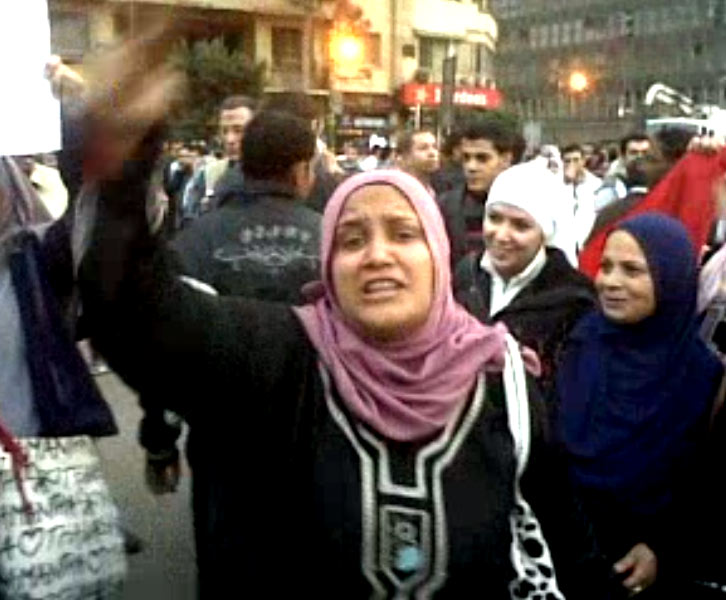
How are uses of ICTs contributing to advancing political freedoms in Egypt? The Youth, ICTs, and Democracy in Egypt project examines the evolution of the April 6th Youth Movement, which emerged in April 2008 when two activists — Ahmed Maher and Israa Abdel Fattah — created a Facebook page to support the workers’ strike in Mahalla. Working with the Muslim Brotherhood, workers’ organizations, “We are all Khaled Said”, and other groups, the April 6th Youth Movement gained broad support — culminating in the January 2011 protests and contributing to the downfall of the Mubarak regime.
Concurrently, the project also examines the influence of “The Tunisian Effect” — the influence of the images and narratives from the Tunisian revolution, which started in December 2010 and led to the ousting of President Zine El Abidine Ben Ali in January 2011. The TASCHA research team hypothesizes that the revolution in Egypt emerged not only from a decade of protests in Egypt, but also from perceived success in Tunisia. Specifically, they investigate whether the initial April 2008 strike in Egypt did not immediately gain traction in part because it lacked a powerful example, especially since organizers were already using ICTs to mobilize and collaborate.
The project uses four analytical elements widely discussed in social movement theory:
- Actors and networks involved at different phases of the movement’s evolution;
- Mobilization strategies, particularly social media;
- Events that influenced the movement’s organization, mobilization, and adaptation of ICT; and
- Events that affected media coverage and shaped international public opinion.


